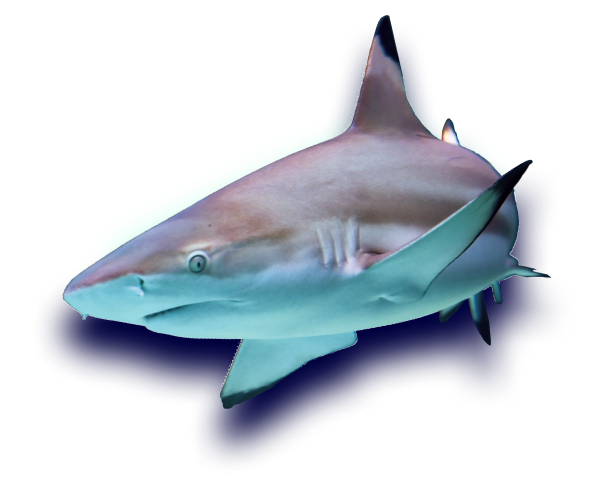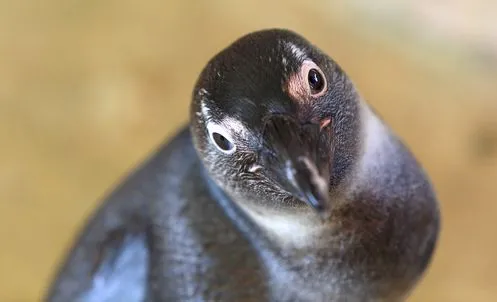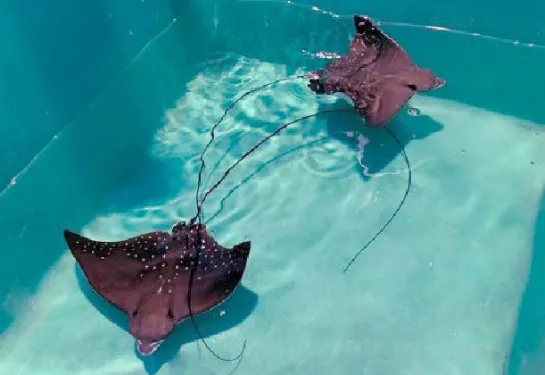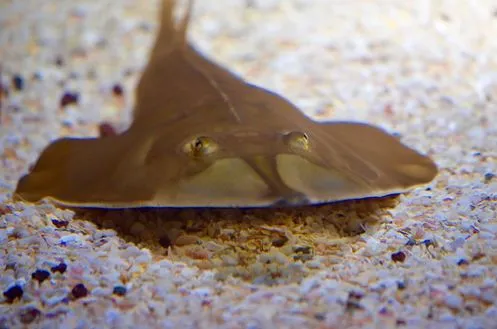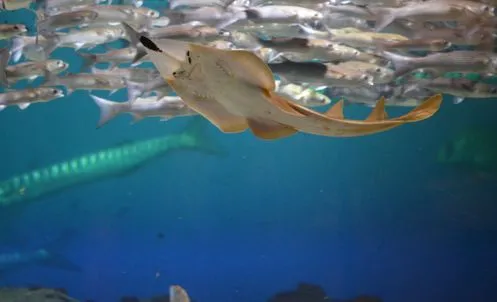The guitarfish is found in the Mediterranean and on the Atlantic coast of Africa. It is threatened by the destruction of its natural habitat in the Mediterranean (construction along coastal areas) and by overfishing.
The guitarfish has been included in Appendix II of CITES since 2019, which protects it from being fished for its fins.
Having blackchin guitarfish in an aquarium, as is the case in Nausicaá, improves scientific knowledge of these animals.
As such, in an aquarium, they can be observed over a long period, whereas in the natural environment, scientists can only observe them sporadically (sacrificial fishing, echography, marking with random recapture).
